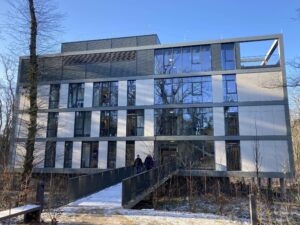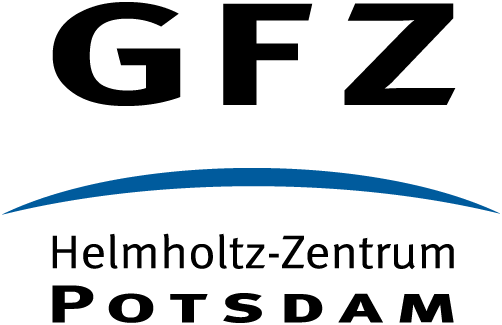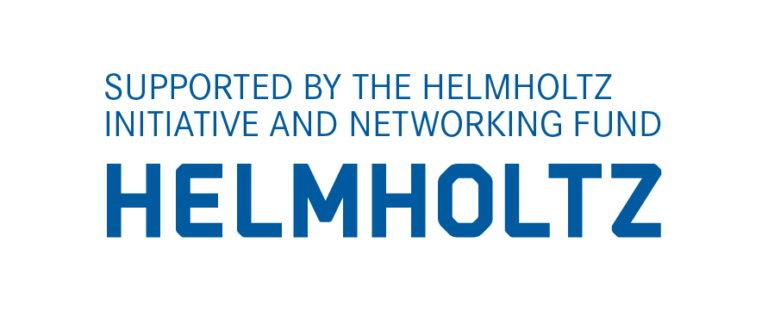GREENGATE GENOMICS
ABOUT US
FROM CONTIG TO COMPANY
The GreenGate Origin Story
Launching GreenGate Genomics did not happen overnight. Two years ago we had an idea and a vision. Let us take you on our journey, from the initial inspiration in our everyday work as #Geomicrobiology researchers to our participation in the #HelmholtzEnterprise program and the lessons we learned on the way.
Part I: The Idea
The idea for GreenGate Genomics started on the beautiful Telegrafenberg, in Potsdam, Germany. Home to the Albert Einstein Science Park, four major German research institutes are located there. The biggest one is the GFZ German Research Centre for Geosciences Potsdam, with more than thousand employees and scientists doing multidisciplinary research fields such as Geology, Geophysics, Geochemistry, Geodesy or Geomicrobiology.
Part of the Geomicrobiology section, we studied microbial life and bio-geo interactions in a diverse set of global environments, ranging from the dry sands of the Atacama Desert to the deep biosphere of thousand meter deep rocks. In our research we frequently use molecular methods, especially genomic sequencing to explore microbial diversity and function.
In our daily research we noticed a few things:

- Studying microbial life in unique places and systems entails numerous challenges, such as low biomass, high complexity and rare taxa. Accounting for such characteristics requires specialized genomic and especially bioinformatic expertise. Finding the right genomic and bioinformatic solutions for such samples is not easy, as commercially available solutions are often nonspecific and insufficient.
- Finding and hiring a scientist/bioinformatician with the needed expertise is expensive and requires long term commitment. A lot of third-party funding has limited funds for personnel costs, but can be used more flexibly for consumables.
We recognized this as a problem lots of researchers and scientists in ours and related fields must be facing and it gave us the idea for solution addressing this gap.
Part II: Helmholtz Enterprise
The Helmholtz Association and its member institutions encourage scientists to work entrepreneurial and start a well-thought-out business. To support this mission the Helmholtz Enterprise program offers a two-step module, which is aimed at helping scientists with a spin off idea to identify customer needs through interviews and market research and follow this with a pilot phase to test the implementation of this idea in more depth.
We took advantage of this opportunity and our business idea started coming together. Across a two-month period we put aside our pipettes and closed our R consoles to speak to other researchers working in academia, government agencies and in the industry to find out what their experiences and pains are working in microbial genomics and using bioinformatics.
In addition, we learned about marketing tools like business model canvas and stakeholder analyses. Unchartered waters certainly, but also an exciting opportunity! We also developed an explainer video that showcased our idea and summarized our business idea.
The next step was to apply for the Helmholtz Enterprise spin-off program to really put our business idea to the test. 🏁 ⁉
Part III: Pilot Studies and Burecucracy
The Helmholtz Enterprise Spin-off program allowed us to test our business idea over a 14 month period, find the first clients, conduct pilot projects and really figure out what we need to form a functioning business. Throughout this we were supported by an awesome coach Nikolaos Chalkias, Ph.D..
Besides working on the first projects we were also supported by Potsdam Transfer and took advantage of the events and workshops hosted by the Potsdam Science Park. We learned about tax laws, marketing strategies and investor pitch decks.
Some of the most important steps were navigating the legalities associated with founding a company. For example, this included the drafting of a shareholder agreement and its subsequent evaluation by a lawyer.
Through our first pilot projects we were able to directly work with customers for the first time, have regular meetings and get a better understanding of how our products and services are adopted and valued.
While all these steps brought us closer to our ultimate goal, there was more to accomplish before the final step.
Part IV: The Final Chapter
In the following weeks we completed the final tasks. We selected a CEO, drafted employee contracts, finalized the shareholder agreement, met with layers and finally set the notary appointment.
On the business side we worked with a web designer to improve our website design and set up the lab usage and software license contract with our host institute @gfz potsdam, where we would be having our office and lab spaces. As part of this we were part of the inauguration of the new GFZ Potsdam Start-up and Innovation Floor GITA, where we met and networked with other GFZ based startups – a great experience that encouraged us in our quest.
We also developed a financial plan for the first 6 months, taking into account the expected costs and income from the first batch of lined up customer projects. We chose accounting and payroll software. Then it was time to wait for the official day.
On June 22nd we officially founded GreenGate Genomics GmbH by putting our signatures under the shareholder agreement. – Time to celebrate 🎉 🥂

